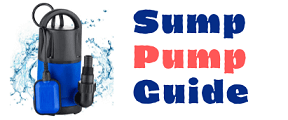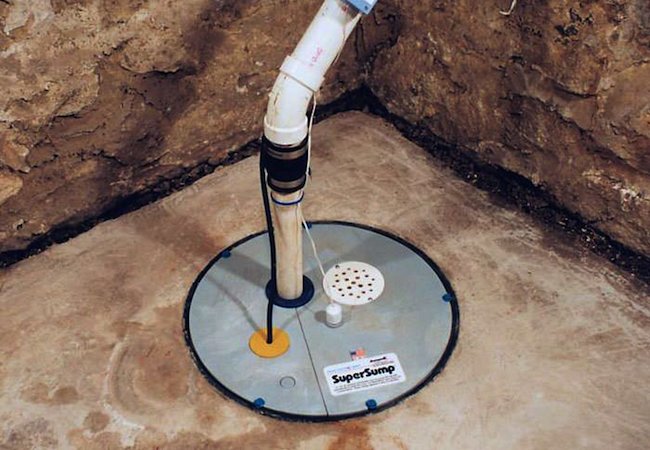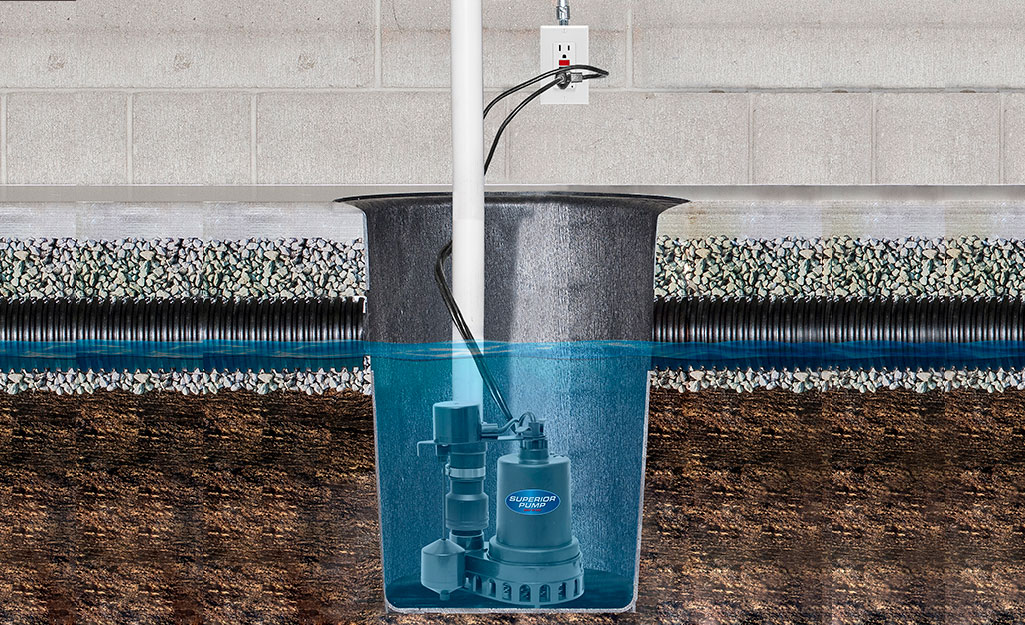A sump pump is a vital component of many homes, especially those prone to basement flooding. It helps keep your basement dry by pumping out excess water that collects in the sump pit. However, like any mechanical device, sump pumps can sometimes encounter issues, such as clogs. A clogged sump pump can lead to water damage and potential basement flooding. In this guide, we’ll walk you through the steps to unclog your sump pump and keep it functioning effectively.
Sump Pump Maintenance and Unclogging: Your Easy Guide
Step 1: Safety First
Before attempting any maintenance on your sump pump, ensure your safety by disconnecting the power supply. This is essential to prevent any accidental electrical shocks while working on the pump.
Step 2: Gather Tools and Materials
You’ll need a few basic tools and materials for the unclogging process:
Rubber gloves
Screwdriver
Plunger
Bucket
Pipe wrench
Cleaning brush
Vinegar or mild cleaning solution
Step 3: Identify the Problem
Determine if your sump pump is indeed clogged. Common signs include unusual noises, failure to activate when water is present, or visible debris in the pit. If you’re unsure, it’s a good idea to consult the manufacturer’s manual for troubleshooting guidance.
Step 4: Clear the Debris
Start by removing any visible debris from the sump pit using your gloved hands or a scoop. This could include leaves, dirt, gravel, and other foreign objects that might be obstructing the pump’s intake.
Step 5: Plunge the Discharge Pipe
Sometimes, the clog may be in the discharge pipe that carries water away from the pump. Use a plunger to create pressure and dislodge the clog. Be careful not to apply excessive force, as this could damage the pipe.
Step 6: Check the Check Valve
The check valve prevents pumped water from flowing back into the sump pit. It’s located on the discharge pipe. Remove the check valve and clean it thoroughly. If it’s damaged, consider replacing it, as a faulty check valve can lead to recurrent clogs.
Step 7: Inspect the Impeller
The impeller is a rotating component of the sump pump responsible for pushing water out. If debris has made its way to the impeller, it can disrupt its function. Open the pump housing, remove the impeller, and clean it carefully using a brush and mild cleaning solution.
Step 8: Flush with Water
After cleaning the impeller and other components, flush the pump with clean water to remove any remaining debris. This also helps ensure the pump is functioning correctly before reassembling.
Step 9: Reassemble and Test
Carefully put the impeller and other components back in place according to the manufacturer’s instructions. Reattach the check valve and secure everything with the necessary screws. Once reassembled, restore power to the pump and pour water into the pit to test its operation.
Step 10: Regular Maintenance
To prevent future clogs, consider implementing regular maintenance. This includes inspecting the sump pit for debris, checking the discharge pipe and check valve, and cleaning the impeller at least once a year.
Common FAQs About Sump Pump Unclogging
Q1. How often should I check and clean my sump pump?
It’s recommended to inspect and clean your sump pump at least once a year, preferably before the rainy season. Regular maintenance can prevent clogs and ensure your pump works efficiently when you need it most.
Q2. What can cause my sump pump to clog?
Common culprits for sump pump clogs include dirt, debris, leaves, gravel, and even small toys that find their way into the sump pit. The discharge pipe and impeller can also become clogged over time.
Q3. Can I use chemical drain cleaners to clear sump pump clogs?
It’s not recommended to use chemical drain cleaners for sump pump clogs. These chemicals can damage the pump components and pipes, leading to more extensive problems. Stick to manual methods and mild cleaning solutions.
Q4. Why is the check valve important, and how does it contribute to clogs?
The check valve prevents pumped water from flowing back into the sump pit after the pump turns off. If the check valve is clogged or malfunctioning, it can impede water flow and contribute to clogs. Regularly checking and cleaning the check valve is essential.
Q5. What should I do if my sump pump keeps clogging despite regular maintenance?
If you find that your sump pump is repeatedly clogging even after regular maintenance, it might be time to consult a professional plumber. Persistent clogs could indicate underlying issues that require expert assessment and repair.
Conclusion:
A clogged sump pump can quickly turn into a nightmare if not addressed promptly. By following this step-by-step guide, you can effectively unclog your sump pump and keep it in proper working condition. Remember, if you’re not comfortable performing these tasks yourself, it’s always best to seek the assistance of a professional plumber to ensure the job is done safely and effectively.




